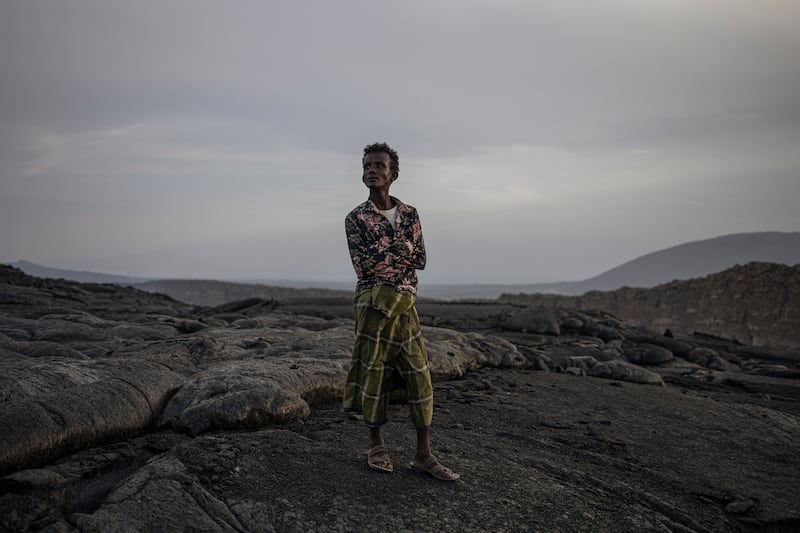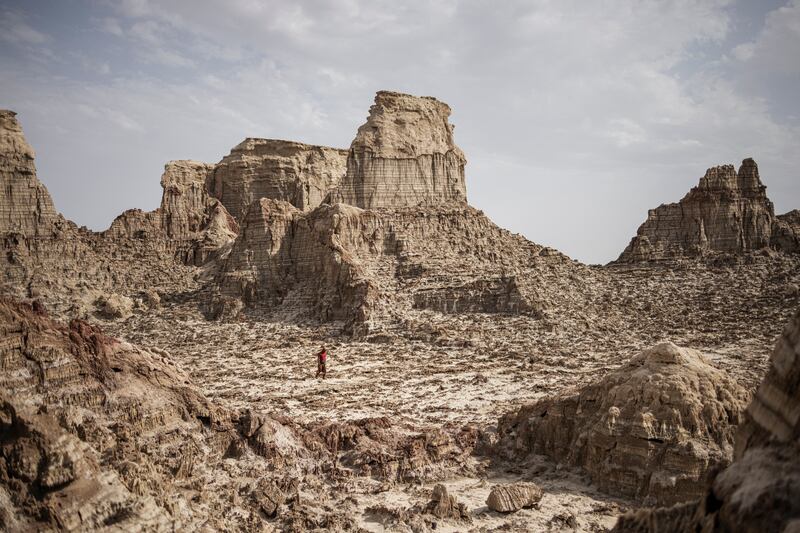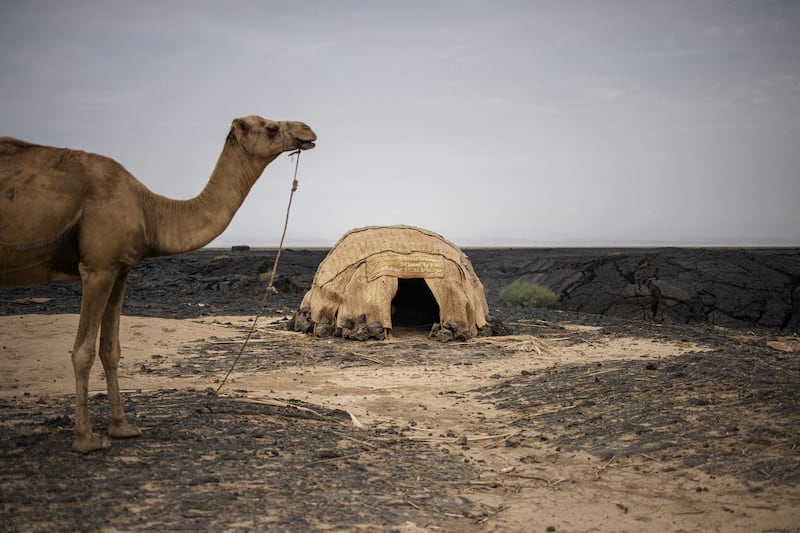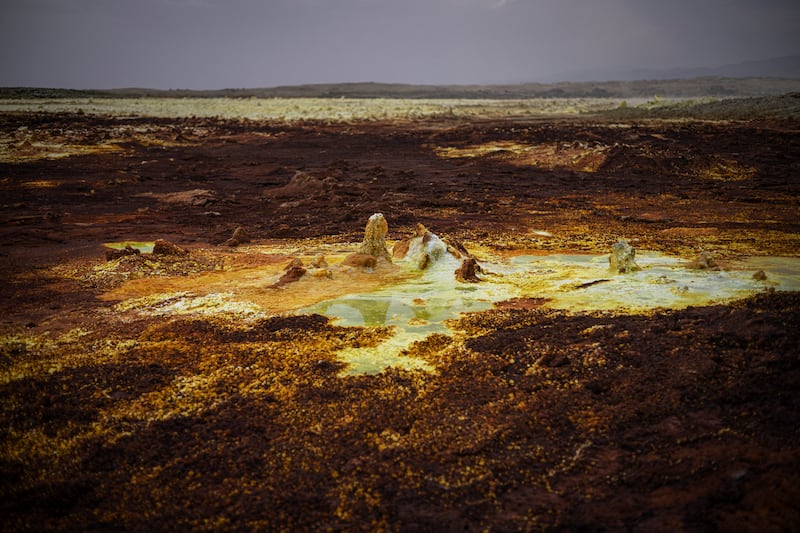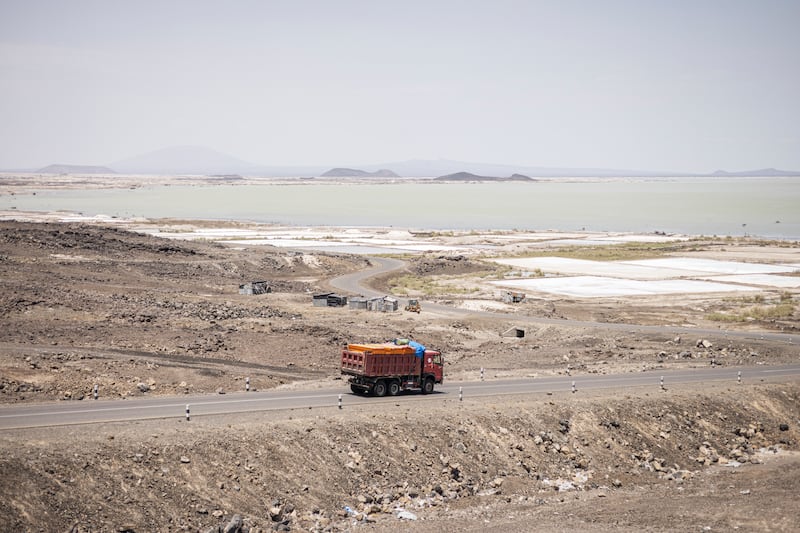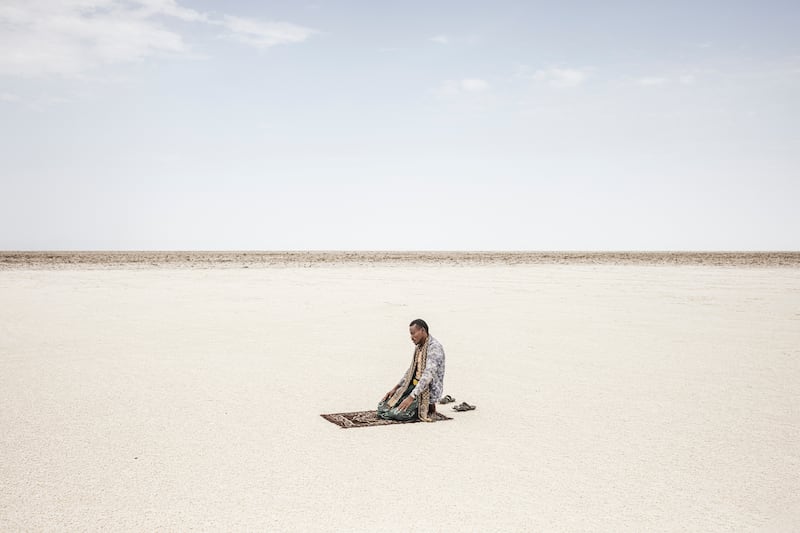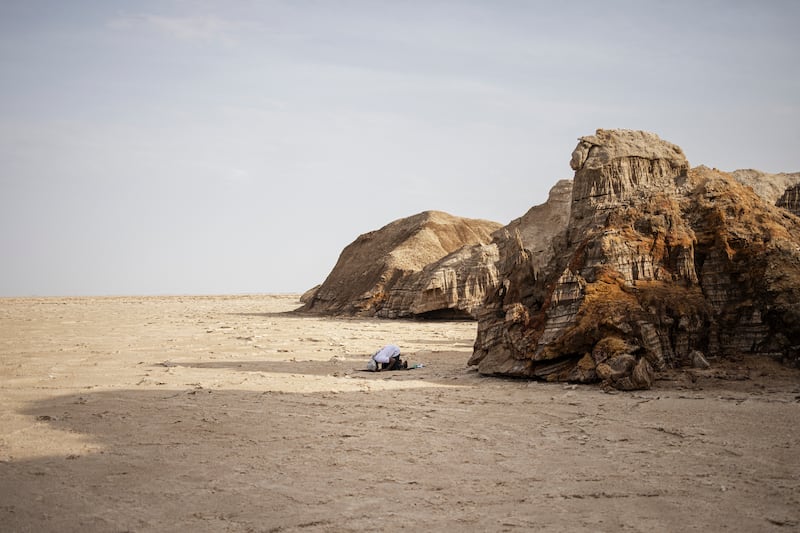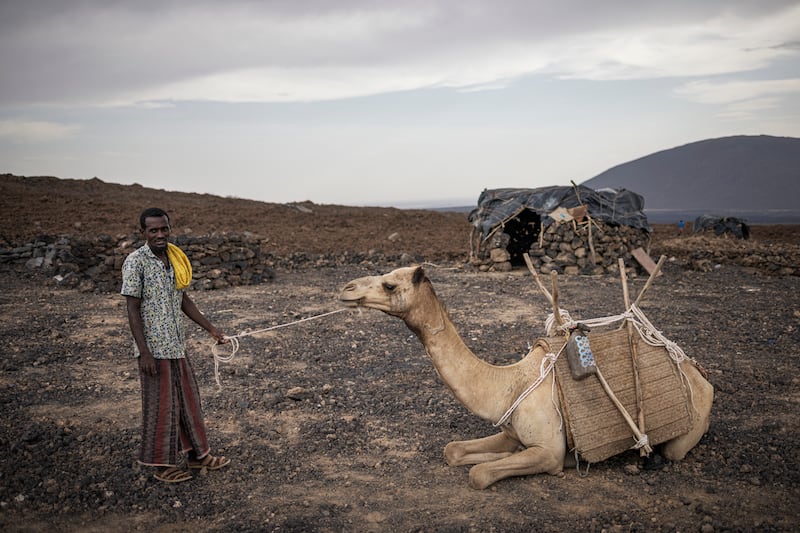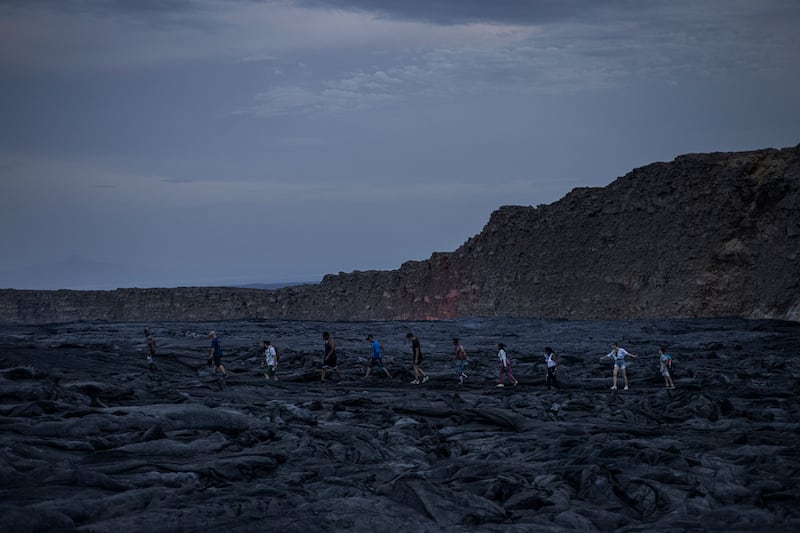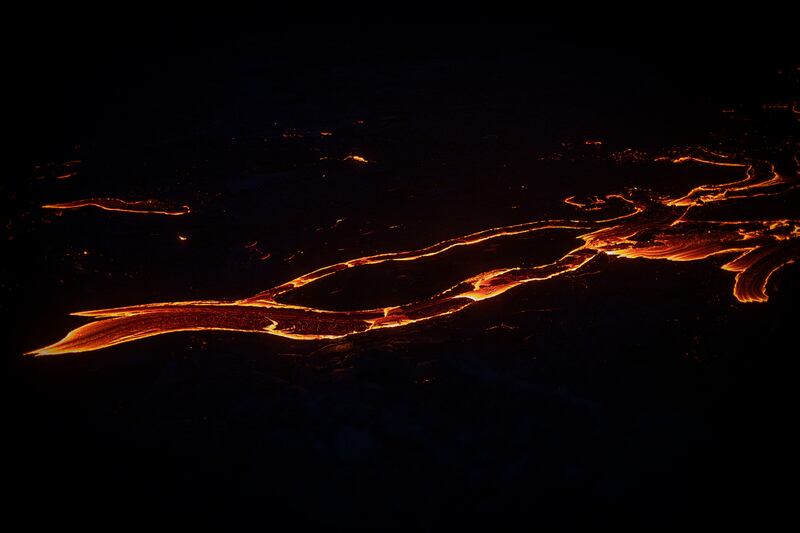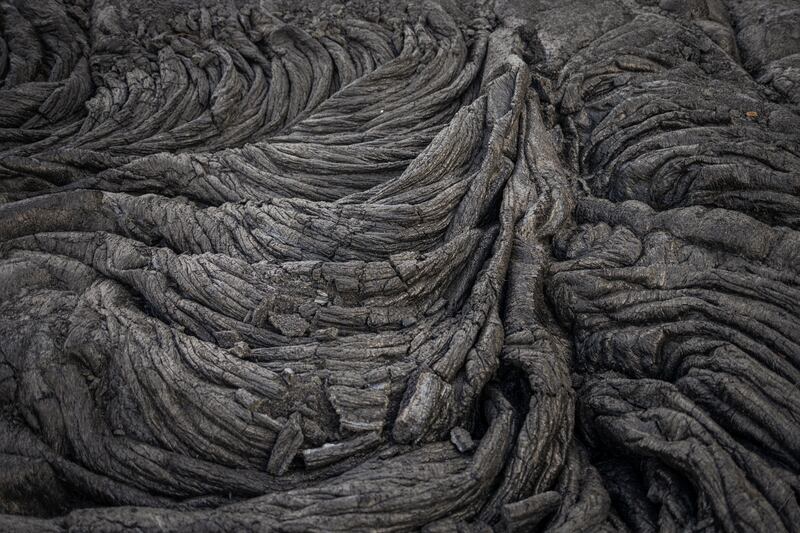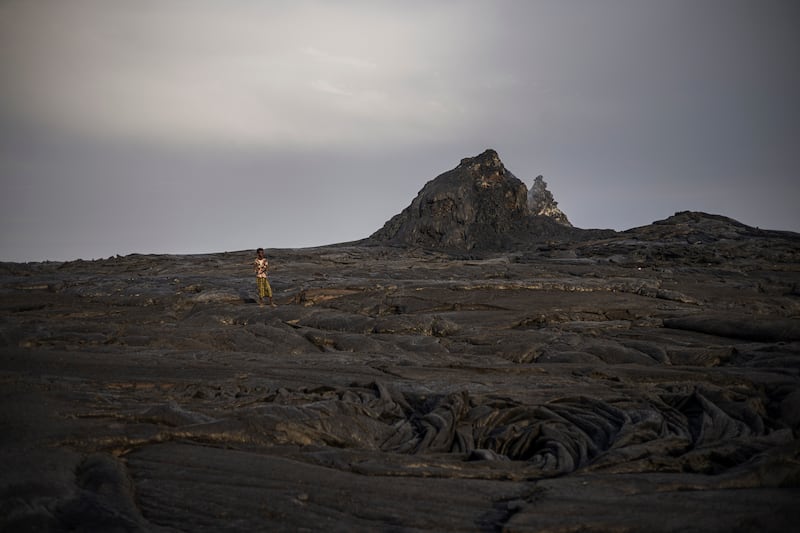The Danakil Depression, situated in the heart of the Horn of Africa, is one of the hottest and most inhospitable regions on Earth. Spanning north-eastern Ethiopia and partially extending into Eritrea, it is known for its rugged terrain and extreme temperatures.
Often regarded as one of the hottest places globally in terms of year-round average temperatures, the region commonly experiences temperatures around 34ºC, with occasional peaks surpassing 50ºC. Additionally, it ranks among the lowest points on the planet not submerged in water, with much of its territory lying approximately 100 metres below sea level.
It is notable for its active volcanic activity with prominent volcanoes including Erta Ale, which is distinguished as one of the few volcanoes worldwide with an active lava lake. Additionally, the area also has acidic ponds, geysers and the remarkable Dallol crater, characterised by its surreal colours.
The primary inhabitants of the Danakil Depression are the Afar people, a nomadic tribe who have adapted to the harsh environment. Living a simple and modest lifestyle, they travel the terrain with small herds of camels, goats and sheep. Their livelihood revolves around salt mining, utilising the expansive salt flats in the region. They trade salt for other goods or sell it for profit, using camel caravans to transport their goods to markets in Ethiopia.
Despite the challenging environment, visitors can explore the Danakil Depression through organised tour groups led by experienced local guides.
